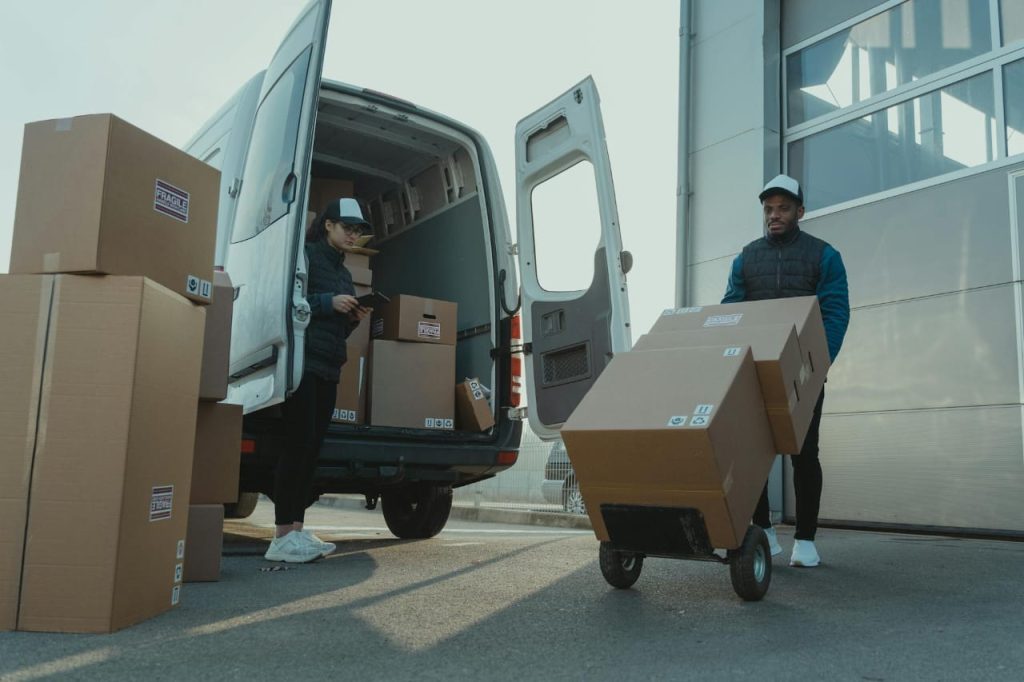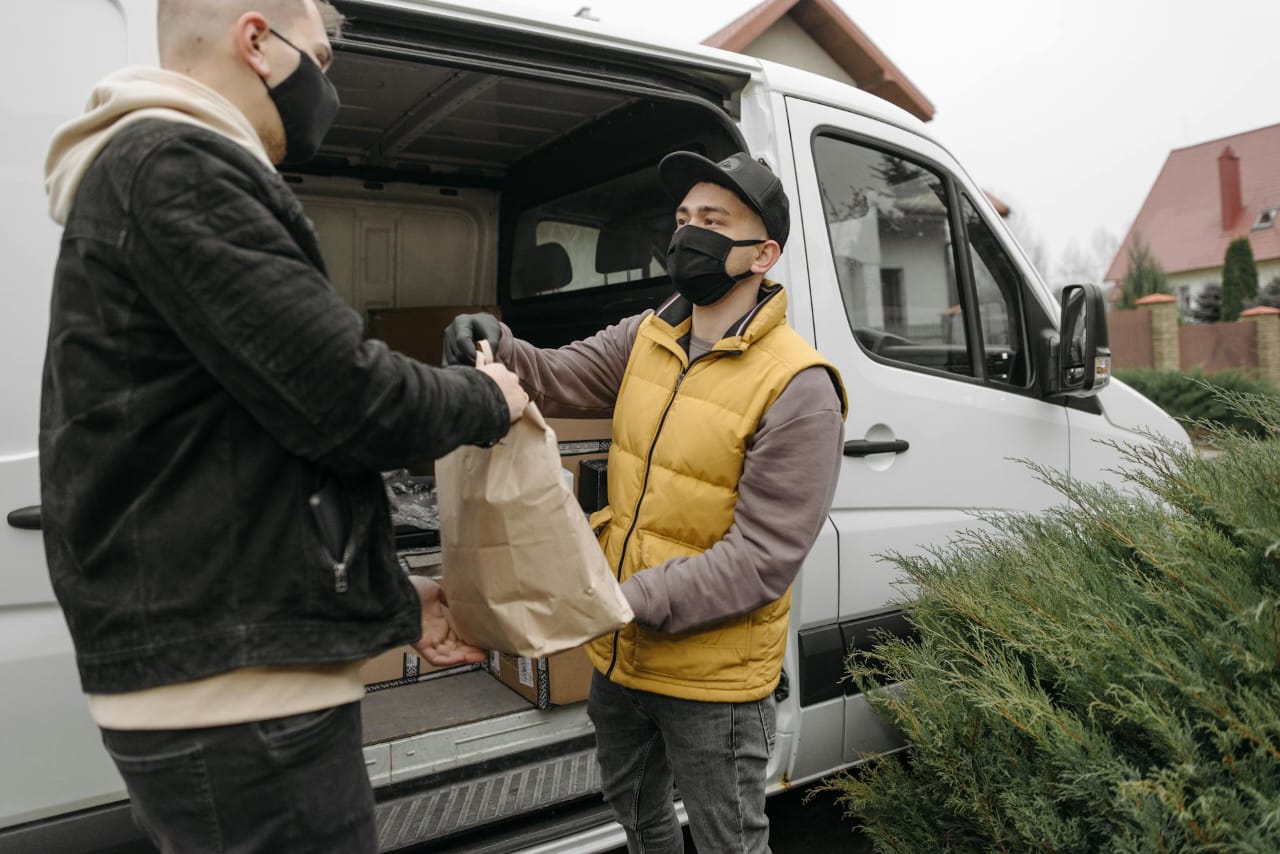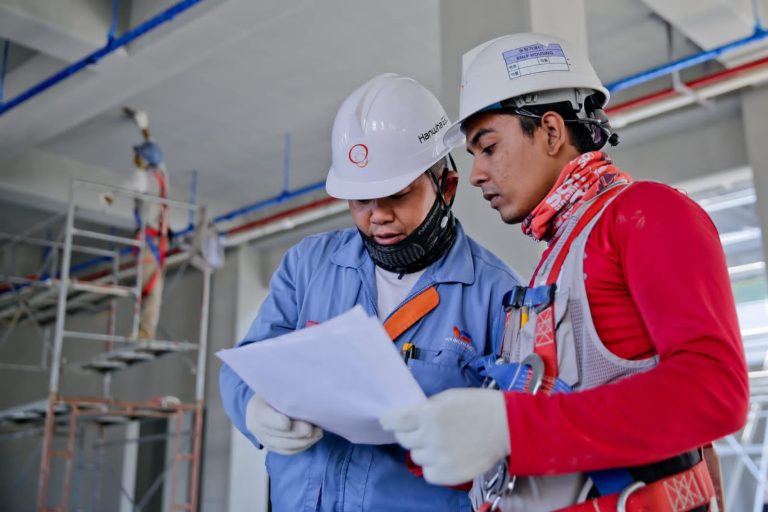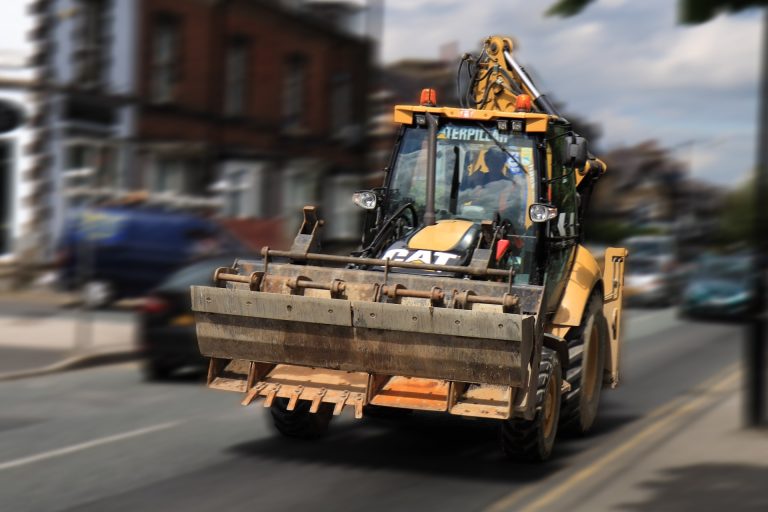Safety Solutions for Delivery Vehicles
Let’s face it: delivery fleets are the unsung heroes of our modern world Safety Solutions. Whether it’s bringing us our online shopping hauls or keeping grocery stores stocked, these vehicles and their drivers play a crucial role in our daily lives. But with great power comes great responsibility. That’s why it’s more important than ever to focus on improving safety and accessibility in delivery fleets. So, buckle up as we dive into some key areas where we can make a real difference.
Driver Training and Education
When it comes to Safety Solutions for Delivery Vehicles, it all starts with the person behind the wheel. Investing in comprehensive driver training isn’t just a nice-to-have; it’s a must-have. Here’s why:
Safe driving techniques: It’s not just about knowing the rules of the road. Drivers need to master defensive driving, proper vehicle handling, and navigating various weather conditions.
Health and wellness: Long hours on the road can take a toll. Teaching drivers about fatigue management, proper nutrition, and the importance of regular breaks can make a world of difference.
Technology familiarization: With new tech constantly being introduced in vehicles, drivers must be comfortable using these tools without getting distracted.
Vehicle Safety Features
Now, let’s talk about the vehicles themselves. Modern delivery fleets have the opportunity to leverage some seriously impressive safety features:
Advanced driver assistance systems (ADAS): Think Lane departure warnings, automatic emergency braking, and adaptive cruise control. These features can be real lifesavers.
360-degree cameras: Blind spots? What blind spots? These systems give drivers a bird’s-eye view of their surroundings, making maneuvering in tight spaces a breeze.

Accessibility Improvements
Safety is crucial, but let’s not forget about accessibility. After all, a delivery fleet that can serve everyone is a fleet that’s doing its job right.
Adjustable cargo areas: Flexible storage solutions can accommodate a wide range of package sizes and types, making deliveries more efficient for everyone.
User-friendly interfaces: Both for drivers and customers, easy-to-use digital interfaces can streamline the delivery process and make it more accessible for people with different abilities.
Route Optimization and Planning
The old adage goes, work smarter, not harder, and that’s where intelligent route planning comes in.
AI-powered algorithms: These can analyze traffic patterns, weather conditions, and delivery urgency to create the most efficient routes possible.
Real-time updates: When unexpected issues arise (and they always do), having the ability to adjust routes quickly can keep deliveries on track and drivers safe.
Geofencing: By setting up virtual perimeters, fleet managers can ensure drivers stick to designated areas and avoid potentially hazardous zones.
Maintenance And Vehicle Upkeep
An ounce of prevention is worth a pound of cure, especially when it comes to fleet vehicles:
Regular inspections: Catching minor NBA 2K25 issues before they become big problems can save time, money, and potentially lives.
Predictive maintenance: Using data from vehicle sensors, fleets can anticipate when maintenance is needed, reducing unexpected breakdowns.
Improving safety and accessibility in delivery fleets isn’t just about ticking boxes or meeting regulations. It’s about creating a system that works better for everyone – drivers, customers, and the community at large. By focusing on these areas, we can build fleets that are not only more efficient but also safer and more inclusive. And in today’s fast-paced world, that’s something we can all get behind.







